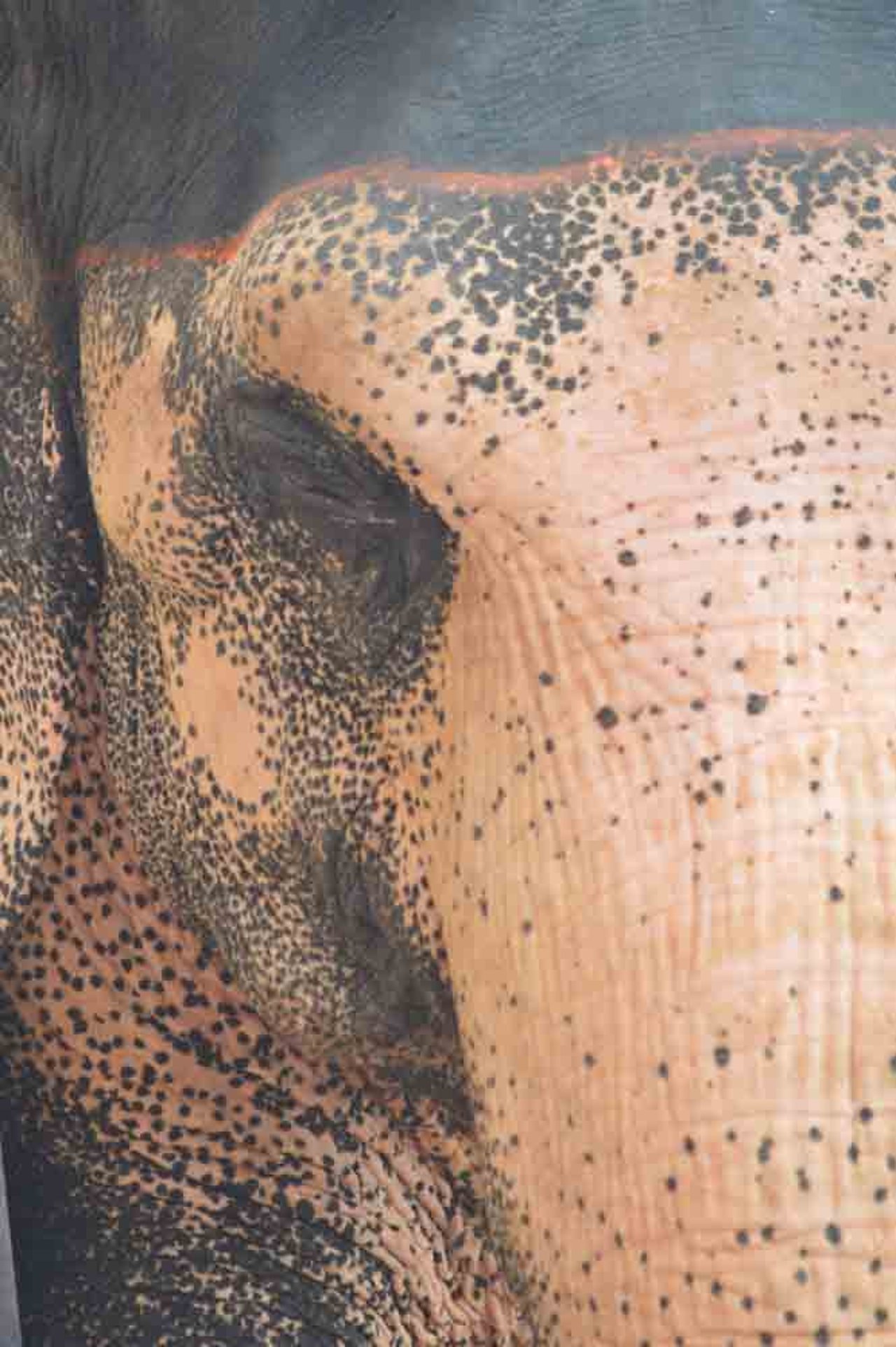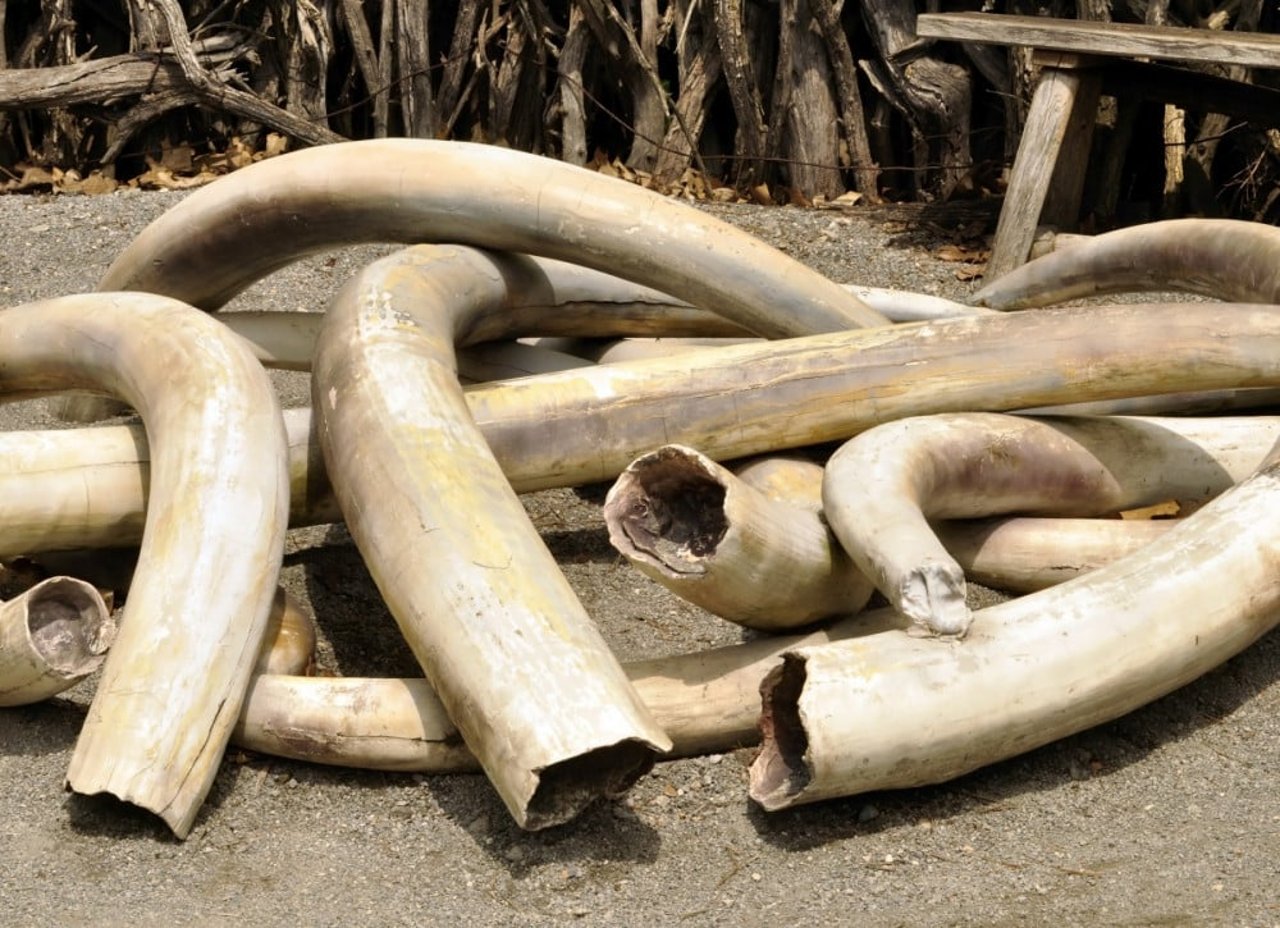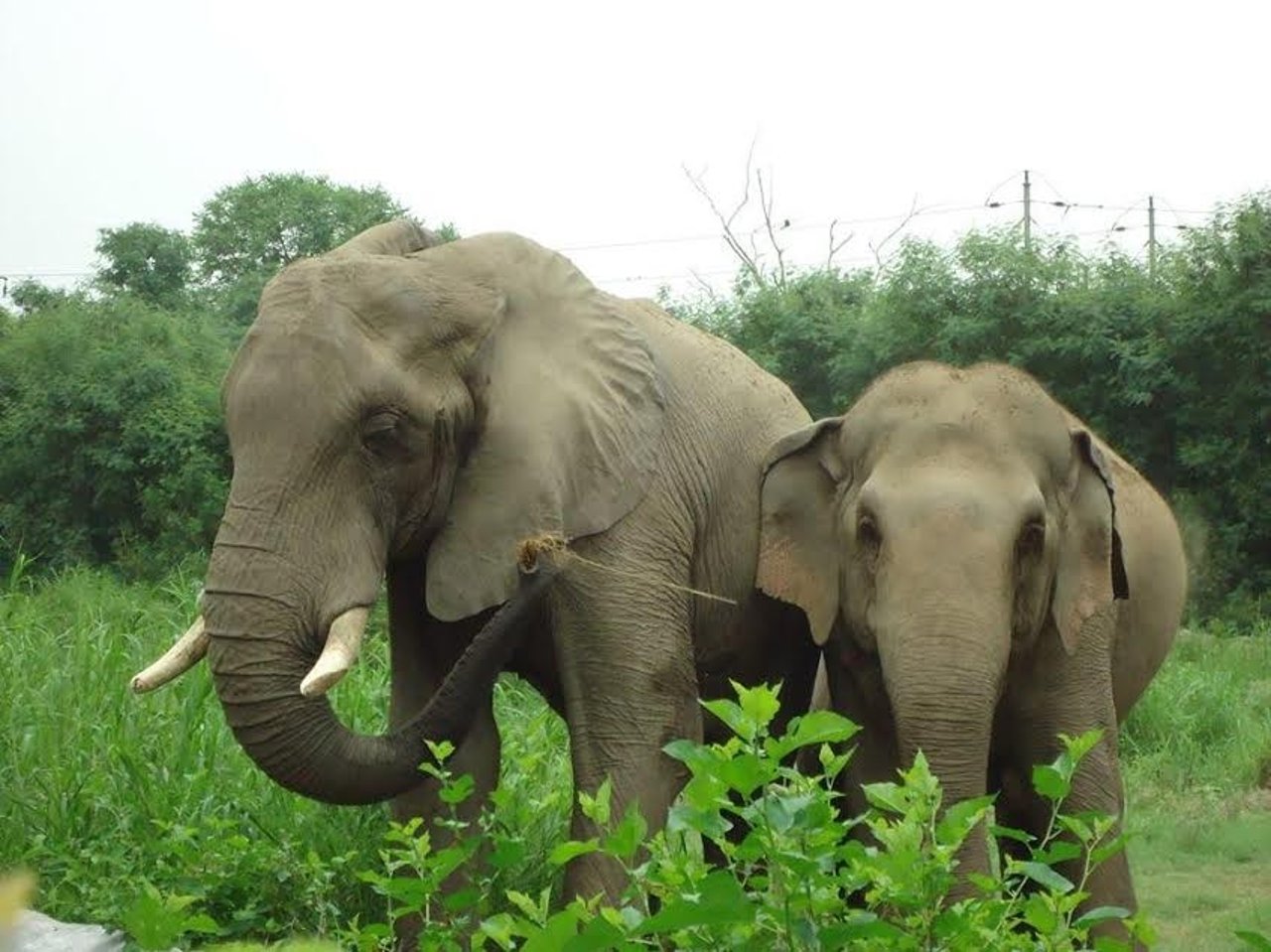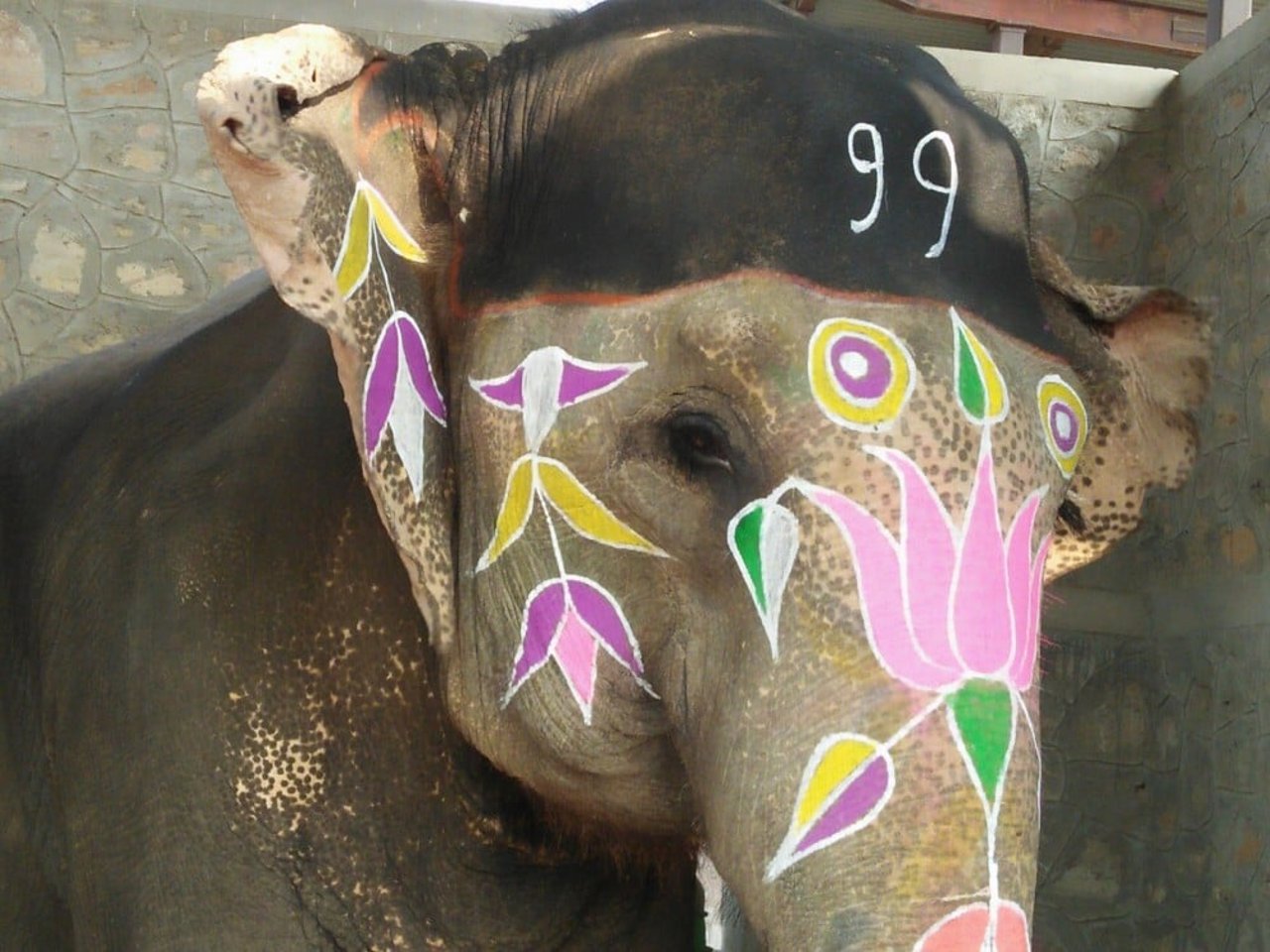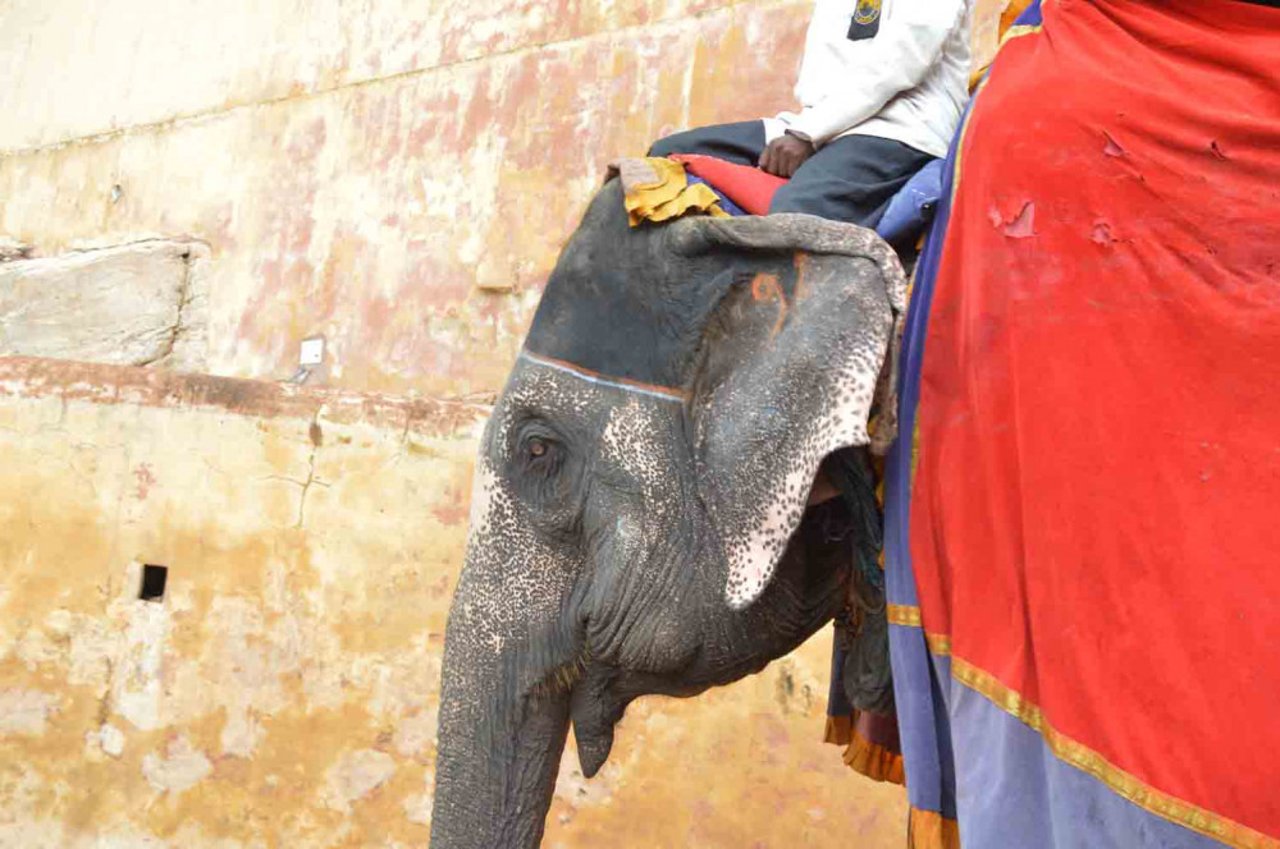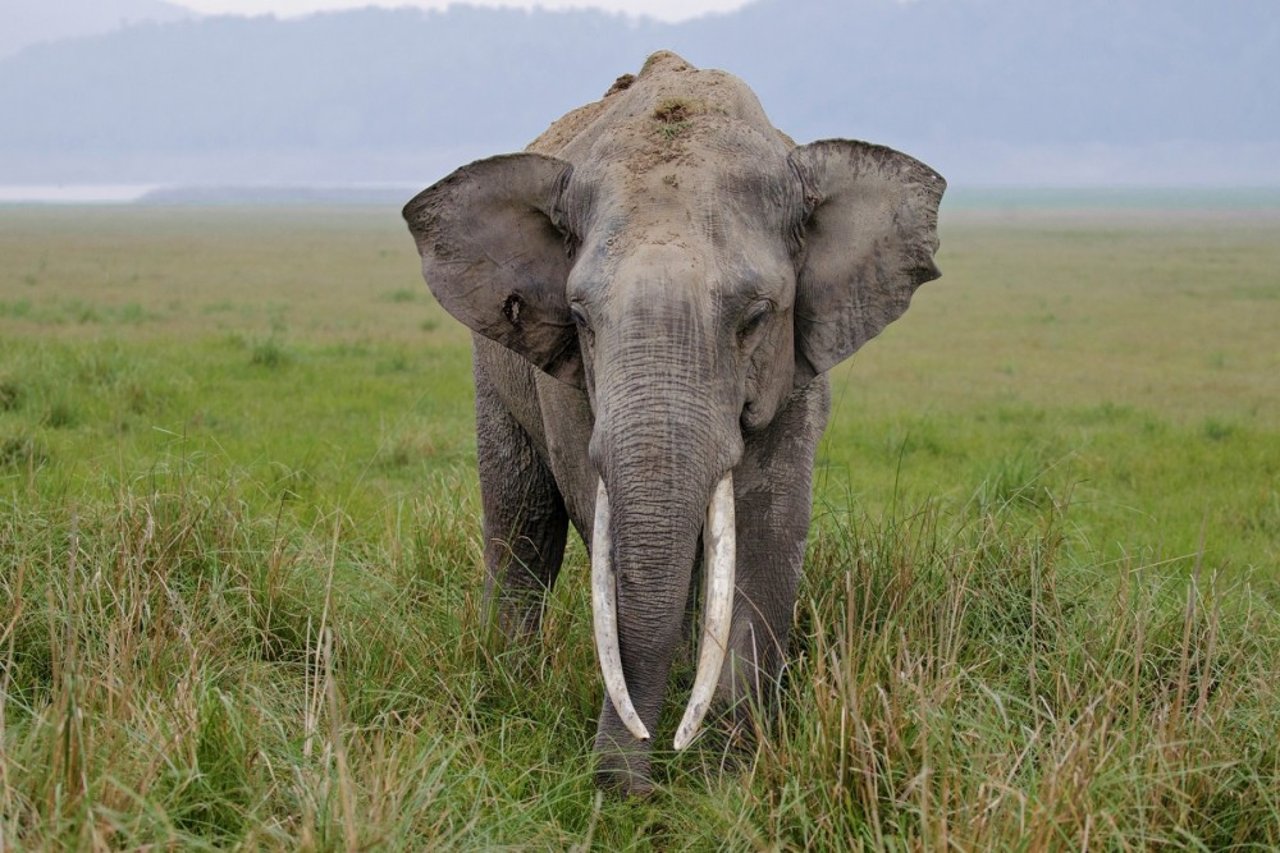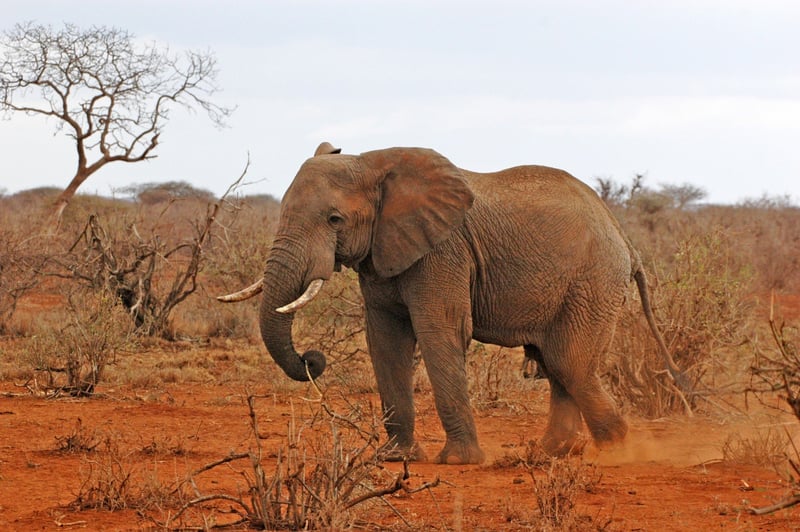
The debate on the status of animals is not new. It extends to hundreds and thousands of years and for many years it was thought that animals were not worthy of moral consideration because they lacked feelings and emotions that defined the ostensibly unique status of humans.
The Plight of Happy--an Asian elephant in captivity
On 19th February, Judge Alison Tuitt rejected an appeal made by the Non-Human Rights Project to take away a 48-year-old female Asian elephant in captivity named Happy from Bronx Zoo in New York to a sanctuary based on the premise that she was a non-human person who was entitled to the basic human rights of life, liberty, and freedom from torture. Whilst delivering the rejection of the appeal, the judge, however, did say that “This court is extremely sympathetic to Happy’s plight, and the NhRP’s mission on her behalf. It recognizes that Happy is an extraordinary animal with complex cognitive abilities, an intelligent being with advanced analytic abilities akin to human beings." This decision focuses attention on whether a person is necessarily always a human or can personhood be extended to non-human animals given their cognitive, emotional and behavioural qualities.
The debate on the status of animals
The debate on the status of animals is not new. It extends to hundreds and thousands of years and for many years it was thought that animals were not worthy of moral consideration because they lacked feelings and emotions that defined the ostensibly unique status of humans. The philosopher Rene Descartes in the fifteenth and sixteenth centuries believed that animals could not reason and did not feel pain and that animals were living organic creatures, but they are automatons, like mechanical robots. Descartes's view upheld that only humans were conscious, have minds and souls, can learn and have language and so humans exclusively were deserving of compassion. Unfortunately for animals, science adopted this view as well, a view that has been challenged thoroughly in the twentieth century and been demolished to an extent in the twenty-first century. The noble image of man, laying a great divide between grand human and mere beast has been the bedrock of our thinking on the relationship we share with the animal kingdom. It is part of everyday language, redolent with contempt for animals and misattributions to the nature of non-human animals and illustrating man as the paragon of animals.
Charles Darwin's thoughts on animals
Whilst it is undeniable that Homo sapiens, man the wise, is different in some categories from other animals, a growing body of research now indicates that the differences between humans and non-human animals are more of degree than of kind. The great naturalist Charles Darwin felt this during the course of his extensive research on the evolution of animals that led to the writing of his book, ‘Expression of the Emotions in Man and Animals.’ However, more than one hundred years after the publication of Darwin’s thoughts, it took and still takes a lot of effort to play second fiddle to the fundamental contention that animals feel pain and pleasure like humans and ought to be treated humanely to protect these biological attributes.
The environmental movement and animals
In the modern world, the environmental movement has struggled to straddle biological attributes of animals with concern for their habitat and thus opinions and approaches still remain split on how to accommodate the qualities of pain and pleasure experienced by animals in any policy governing their protection. For example, conservation of animals focuses mostly on species protection that does not take into account the welfare and needs of individuals unless those affect the population. Animal welfare takes into account the attributes of individual animals including their ability to experience pain and pleasure, both in the wild and in captivity. Animal rights campaigns take into account the fact that animals have inviolable rights like humans and should be allowed to express their full repertoire of natural behaviours under all circumstances. There is now, in the twenty-first century, an additional field of environmentalism and climate change, where animals are only marginally present in the equation to save the earth from rising temperatures. If we look at animals like elephants like Happy in the current environmental scenario, it is easy to feel confounded by which approach to take to protect the interests of her individually and her species collectively.
Poaching of elephants
Of course, it goes without saying that elephants as a species need protection and thus their conservation status ought to be looked into. Given that elephants clearly exhibit the ability to feel pain and pleasure, there can also be no doubt that their welfare should be looked into, in both wild and captivity. Some of the brutal and gruesome images we come across on poaching of elephants in both Africa and Asia do bear testimony to the fact that the elephants killed have endured ghastly pain before death. Creatures like Happy in Bronx Zoo and the persistent campaigns on the status of elephants in India and Thailand in places like the Amer fort in Jaipur and various entertainment venues show us that the rights of these elephants to a natural existence are being violated and need redressal.
Personally, I can testify feeling very close bonds with some elephants, and my experiences with these creatures very much affect my outlook on these pachyderms. For example, Shankar, the lone African Elephant in Delhi Zoo, has been known to me for more than two decades and I have actually been inside his enclosure to appreciate his physical beauty. Of course, I would rather see him free or in the company of African Elephants, at the same time, his individual charisma and persona make me spellbound every time I see him.
Say no to elephant rides
Riding elephants give rise to concerns in many places in India, including Kerala and Jaipur. Each of these elephants has a story to tell and it is easy to miss these individual stories in the effort to speak of elephants as a species. However, one look or one concerted time spent with an individual elephant reveals a multilayered complex personality, providing insight into the mind of an evolutionary marvel. Today many elephant researchers like Joyce Poole, Cynthia Moss, Vivek Menon, Surendra Varma, and Raman Sukumar give us hardcore scientific evidence on the emotional abilities of elephants, starting from their ability to communicate via infrasound to their family bonds like humans and their grief over their dead ones.
Let's be together to save animals
The commentary began with the rights of one elephant that have temporarily been rejected by one court in the USA. However, the fight continues to accord intelligent animals like elephants with basic rights that will ensure their lives, liberties and freedom from the torture that we normally exclusively accord to human beings. This World Wildlife Day, we would do well to bear this aspect of saving animals in mind as we speak about protecting habitat and saving species.
Riding elephants give rise to concerns in many places in India, including Kerala and Jaipur. Each of these elephants has a story to tell and it is easy to miss these individual stories in the effort to speak of elephants as a species. However, one look or one concerted time spent with an individual elephant reveals a multilayered complex personality, providing insight into the mind of an evolutionary marvel.
